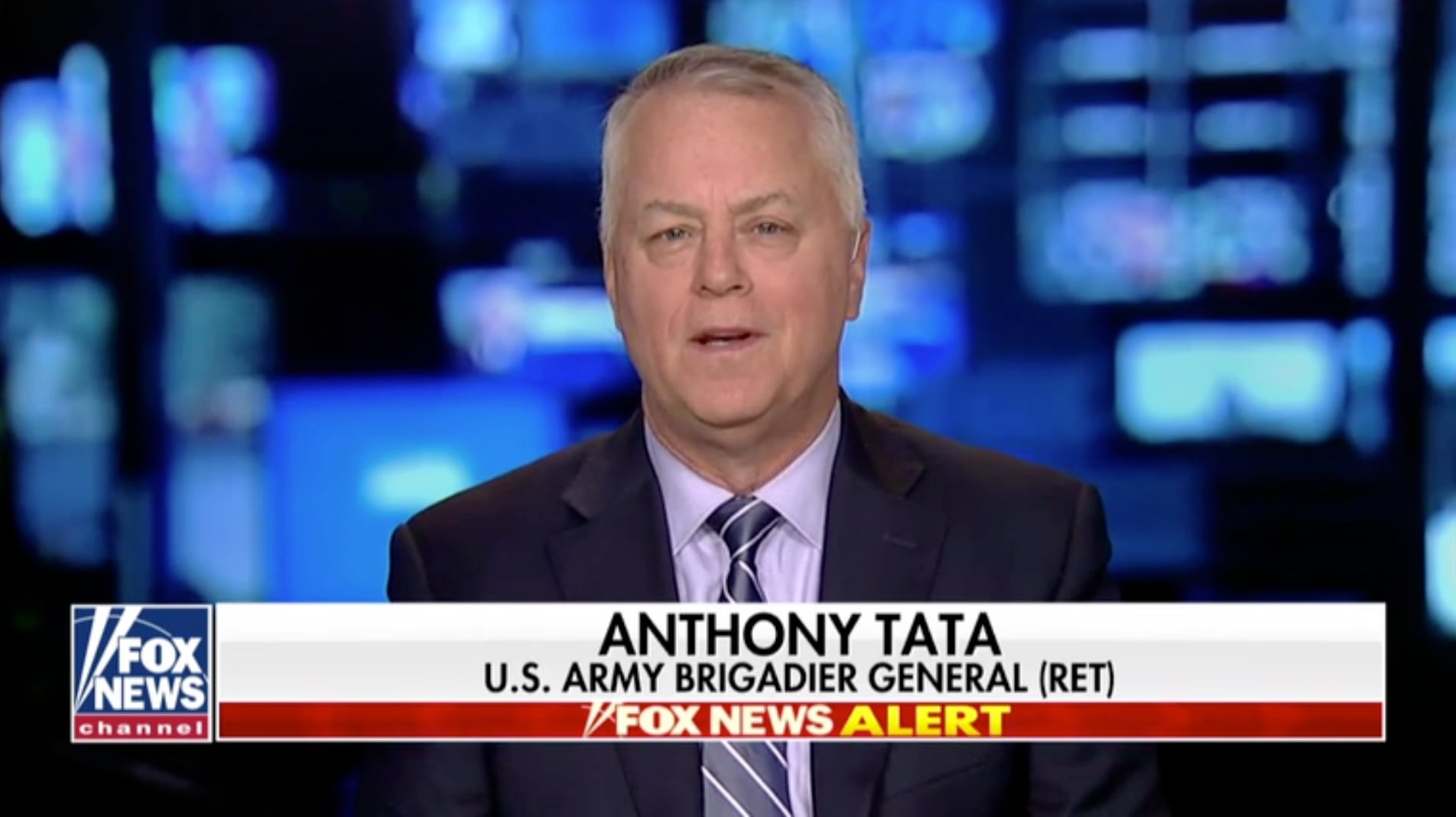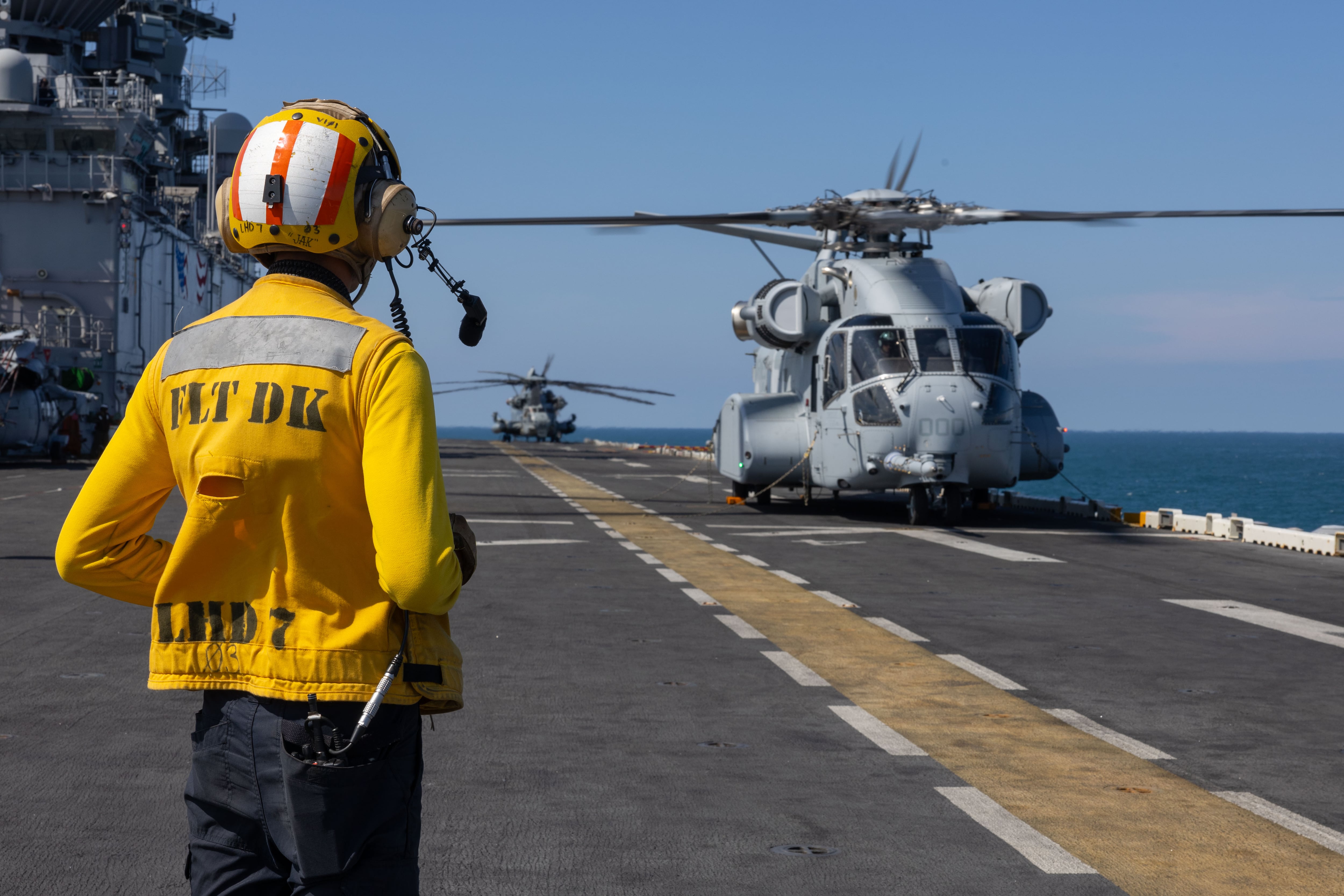On Nov. 18, 2020, at a ceremony at Fort Bragg, North Carolina, Acting Secretary of Defense Chris Miller signed implementing policy consistent with the 2017 NDAA, directing the office of the assistant secretary of defense for special operations and low intensity conflict (ASD(SO/LIC) to now report directly to the secretary of defense. The directive elevates the ASD (SO/LIC) to the service level in his responsibility for providing civilian leadership of United States Special Operations Command, and all US special operations forces. Following the actual signing, Mr. Ezra Cohen, acting ASD(SO/LIC), announced enthusiastically to the small crowd gathered at Fort Bragg for the signing that, “I am honored to serve as your service secretary.”
I am encouraged to see the advancement of the office of the ASD(SO/LIC), because it is a very important position central to the continued advancement of our nation’s special operations forces. We need a secretary in a principal position to ensure the inclusion of SOF among principals in the determination of national strategy options, to advocate for SOF amidst service resourcing discussions and, of course, to provide necessary civilian oversight over U.S. special operations. Nonetheless, I was struck by Mr. Cohen’s pronouncement for fear that it implied an advocacy for, or a deliberate intent toward, the creation of a separate special operations service. Now, admittedly, the statement may have been one simply uttered by a man “in the moment,” but it risked conveying a sense of desired direction that I deeply believe would threaten the extraordinary success achieved by USSOCOM and U.S. special operations forces since its creation.
Since joining the 1st Special Forces Regiment in 1983, I spent a career in this incredible force and community. I have watched it grow, have lived through many of its growing pains, and have often been on the wrong side of some of those “growth spurts.” But I have also watched as both our service-specific and joint capabilities grow increasingly more capable and professional, performing brilliantly and consistently against a range of determined and capable enemies. I had the privilege and honor of a ringside seat as American special operators, for the first time in our history, lead an operational campaign on our nation’s behalf.
I saw the entire range of our special operations capabilities employed against the terrorists and the state that protected those who attacked our country on Sept. 11. Army Special Forces waged unconventional warfare alongside our Afghan counterparts to overthrow the Taliban regime while Army Rangers and special mission unit operators hunted down al-Qaida senior leadership. 160th Special Operations Aviation Regiment helicopters were ubiquitous, infiltrating and exfiltrating operators across Afghanistan. Navy SEALs and NATO SOF partners conducted direct action and special reconnaissance missions throughout southern Afghanistan while Air Force Special Operations combat controllers, and combat aircrews directed life-saving and devastating airstrikes, flew essential resupply missions, and provided critical close-air support with the legendary AC-130. Before long, psychological warfare and civil affairs teams would be adding their critical skill sets to the incredible unfolding of the joint and combined special operations campaign that descended upon Afghanistan in incredibly short time.
This was a truly historic use of SOF. The “come to war” readiness the entire community exhibited, by itself, was remarkable. It wasn’t perfect. There were certainly areas requiring improvement, but taken on the whole, it was truly an amazing display of coherent, joint, combined and indigenous operational capability that must be seen as living testimony to what the establishment of USSOCOM allowed to be brought together. And this was, remember, circa 2001-02. The joint force is exponentially better today! Forcing USSOCOM into a formal service role would be a self-inflicted wound that would jeopardize the best aspects of SOF performance over the last four decades.
Throughout the discussion that led to the creation of USSOCOM, and ever since, the term “service-like” has been used to define USSOCOM’s role within the U.S. military hierarchy. It is a term of deliberate use, and never intended to convey an intent to morph into a service. It was, thankfully, a carefully crafted construct designed to satisfy the recognition for the professional stewardship and development of our nation’s special operations forces and capabilities, and to ensure the highest standard of execution of U.S. special operations. To that end, USSOCOM was empowered with limited service-like authorities and capabilities, including its own separate budget execution authority as well as the authority for SOF-peculiar acquisition, technology and logistics. These incredible enablers which, in our community, incorporate direct operator input to collectively ensure that special operations-unique needs are addressed without being subject to the approval of the services. Throughout it all, I would argue that the intent of Congress was that this extraordinarily unique construct remain focused in its specific operational functions, unencumbered by the more expansive duties and responsibilities of the services. In short, to compel USSOCOM and USSOF into its own formal Service would force it to behave in a way intrinsically opposed to it purpose for existence.
Today, USSOCOM is responsible for taking willing soldiers, sailors, airmen and Marines — raw material generated by the services — and transforming that material into a broad range of exquisite capabilities unique and additive to the already existing joint operational mission set. USSOF possesses its own unique culture that is characterized by an inherent duality that may be hard for many outside the community to understand. On one hand, its members embrace their respective service cultures and identity, carrying that culture with them. On the other, they collectively share an identity across the special operations community forged from the extraordinary assessment and selection processes to which all voluntarily subjected themselves — and passed. These are men and women who willingly brave such crucibles to join a force whose raison d’etre is to embrace our nation’s most dangerous missions around the world. Like the great oak of a whiskey barrel, service cultures infuse and inform the SOF culture to powerful, irreplaceable effect — a chemistry that would become diffused and lost in a SOF service paradigm.
The brilliance of the Nunn-Cohen amendment to the Goldwater-Nichols Act is that it created a service-like capability to synchronize and amplify the unique capabilities manned by incredible warriors in niche units across the services. In doing so, Congress cut the Gordian Knot that had so badly hamstrung the development of American special operations capabilities. Historically, each service maintained these units (albeit often reluctantly) or tolerated them during wartime because there was a need for uniquely talented and motivated men and women to do these extraordinary tasks. These units came in many varieties over the years: the OSS, Alamo Scouts, Marine Raiders, Carpetbaggers, UDT, Ranger Battalions…the list is long. With the advent of USSOCOM, these capabilities could now be generated, nurtured, professionalized, sustained, and employed to a service-like level for the strategic benefit of the nation without having to create a unique service.
To force USSOCOM into pure “service-hood” would divert the command massively — and disastrously — from its original intent to be an operationally focused headquarters fixed on generating and employing the world’s finest special operations force. And USSOCOM does so with a recognized and greatly appreciated dependency on the services for all the things the appropriately structured services do so well. One can easily imagine the extraordinary consequences, measured in the unknowable (but likely massive) financial costs, human capital realignment, imposed bureaucratic and institutional friction across the department and — most importantly — the crushing impact on operational focus such an endeavor would impose. Such an action would, indeed, tie a new Gordian Knot around the neck of USSOF. To what end? To fix what problem? Who seeks such a solution?
The relationship between USSOCOM and the services, I’d offer, has never been better, closer or more mutually beneficial than it is today. The examples of cross-fertilization and influence abound. Almost 20 years of warfighting has produced generations of leaders across conventional and special operations forces that have both grown up and matured within this unique construct, and have themselves helped to mature it. Make no mistake, this paradigm, this service-like creation born of Congress sitting and operating coherently alongside and in conjunction with our great services, is the envy of the special operations world precisely because it creates the best possible environment for the successful execution of American special operations. To force USSOCOM into an unwanted, unnecessary service structure would fix nothing and break, perhaps, everything. The greatest loss would be both to the great formations that constitute USSOCOM, and to unquestioned reduced capability on behalf of our country.
Retired Lt. Gen. John F. Mulholland, a career Army Special Forces officer, previously served as the Assistant Director of the CIA for Military Affairs, 15th Deputy Commander of the U.S. Special Operations Command, and Commanding General of U.S. Army Special Operations Command. He also commanded 5th Special Forces Group on Sept. 11, 2001, leading some of the earliest combat operations into Afghanistan under Operation Enduring Freedom.
Editor’s note: This is an op-ed and as such, the opinions expressed are those of the author. If you would like to respond, or have an editorial of your own you would like to submit, please contact Military Times managing editor Howard Altman, haltman@militarytimes.com.





